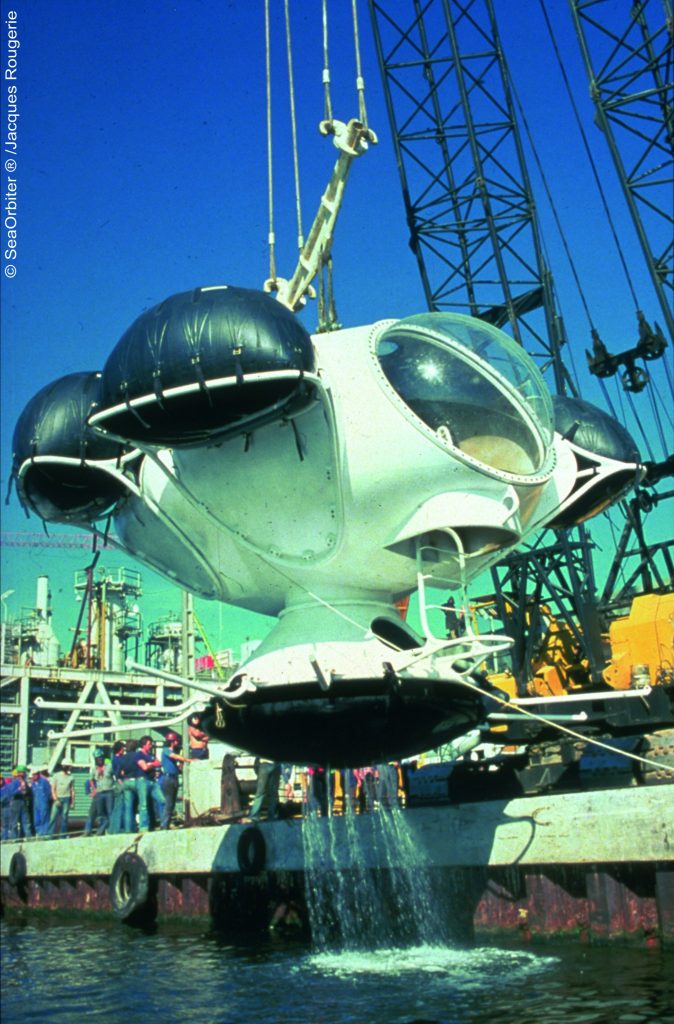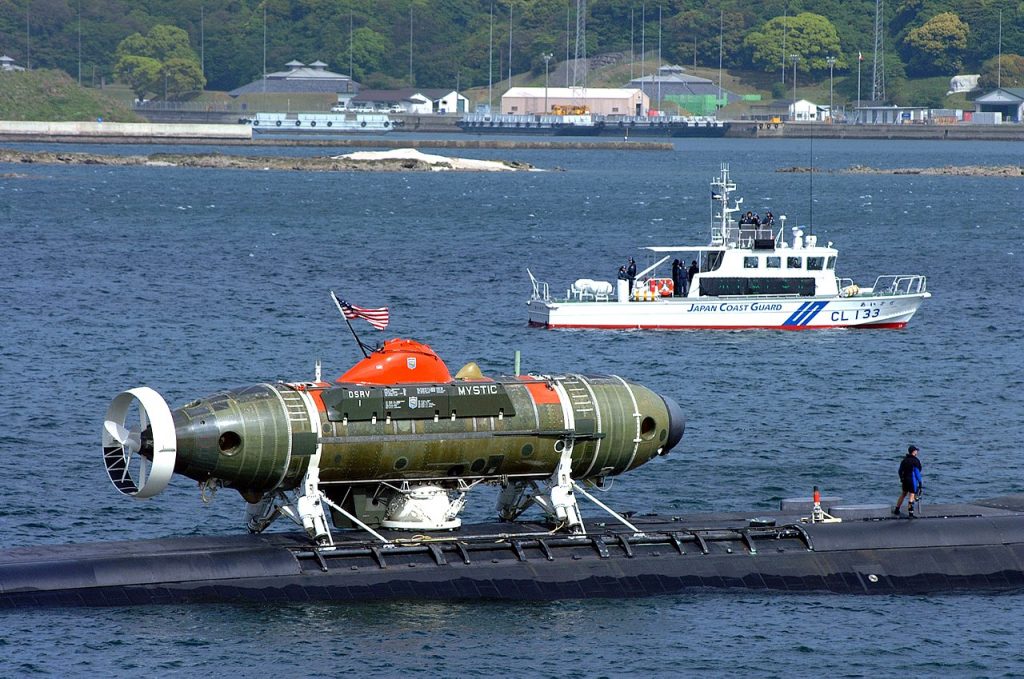Octonauts live in the sea. Hardware’s their specialty. While ocean grants are a struggle… their source of funding, it really is a puzzle!
Explore! Rescue! Protect! The Octonauts have an ambitious undersea mission and an equally ambitious fleet of marine vehicles. How they pay for it is a mystery. Are they backed by the federal government? The UN? Is Professor Inkling financing this venture by selling genetically engineered vegetable-fish hybrids? Is a billionaire film-maker backing the venture? One thing’s for certain, an Octonaut-level research program does not come cheap. So how much does this operation actually cost?
Actuaries! To your stations!
The Octopod
With 4 housing/laboratory units and a central command bay, the Octopod would be the largest and most sophisticated underwater research station ever operated. There’s nothing in the marine research world the even comes close. Aquarius Reef Base is currently the only working undersea research laboratory. I can’t find the initial budget to build and install Reef Base, but a modern (albeit unrealized) aquatic residential habitat comes with a $10 million startup costs. Reef Base itself has a wildly variable annual budget, with a baseline around $1 million per year. The Octopod, on the other hand, has four Octo… Pods? each of which is similar in function to Reef Base (though the whole structure more closely resembles the extremely French Galathée Underwater Laboratory).

The central command bay is both the core of the Octopod and its power supply. Not much is known about where the Octopod gets its seemingly limitless power, but if the Octonauts are anything like the US Navy, there’s a nuclear reactor in the, somewhere. Meet Nerwin. NR-1 was the USA’s only nuclear-powered, deep-diving research submarine. With room for 16 crew and scientists and a multi-month endurance, Nerwin could hand both covert and scientific missions. The NR-1 was equipped with a wheeled base, allowing it to roll across the sea floor. Unfortunately, NR-1 was a strictly off-book asset for most of its life, so we don’t really know what it cost, but the initial build estimate was $58.3 million. As the military is not often known for bringing projects in under budget, that seems like a reasonable baseline. For annual operating costs, we might as well assume the upper end of Reef Base at $3 million to start. It’s almost certainly much *much* higher.
Cost to build: $98.3 million.
Annual operating cost: $7 million.
The Crew
The Octonauts biggest cost savings come in the form of their Spartan crew. Only 8 people run the entire operation, and two of them, Dr. Inkling and Shellington, are academics. Their salary likely comes from their university, at a cost of $0 to the Octonaut program. The rest we can infer from UNOLS salary reports.
As Master of the vessel, Captain Barnacles commands the highest salary. Based on 365 sea days a year and assuming the high end of a UNOLS research vessel salary, Banacles banks close to $269,000 per year.
As Master Technicians, Tweak and Dashi are pulling in $218,000 per year. Chief Mate Kwasii is close behind with $172,000. Peso, as a Licensed Mate brings home $148,000 each year. And Tunip as the chef, is likely no more than an Able Body, logging a paltry $105,000.
The rest of the vegimals appear to be slaves, trapped forever, victims of Professor Inklings bizarre genetic manipulations.
Before you get too excited and set of for a life at sea, remember that: A. these are the high end of salary ranges. They start much, much lower. And B. Most vessels aren’t going to give you 365 days of sea time.
Annual crew cost: $1.1 million.
The GUPs
The Octonauts have an absolutely massive fleet of submersibles, inexplicably all maintained by one clearly underpaid marine technician. Almost every GUP submarine demonstrates many of the capabilities of Deep-sea Research Vessels (DSVs) like Alvin or the Pisces duo. The GUP-A, B, C, and D all have completed missions that only the most capable submersibles can achieve. It costs almost $50 million to build a sub like Alvin from scratch. Alvin has an annual budget of $2 million. The GUP-E, Peso’s favored sub, is more akin to a Deep-sea Rescue Vehicle like the Mystic-class submarines. The DSRV-1 Mystic cost $41 million to build. It’s annual budget is not clear, but as a primary submarine for the Octonauts, it’s likely comparable to the first 4 GUPs.

You’d think Peso would be a touch more frugal with the bandages.
The GUP-F is pedal powered. It is currently an artificial reef. $0.
Now the GUPs get really weird. There’s a sea plane, an arctic crawler, an air boat, the massive GUP-X, and the Deep-sea Octolab. The Octolab is another Reef Base-like set up. The GUP-X is yet another NR-1. The flying GUP-H is a relative cheap $250,000. Operating costs for a lightly used seaplane are around $10,000 per year. The GUP-I and GUP S are variations of the arctic crawler. Tucker Sno-Cats run about $125,000. Finally, the GUP-K amphibious airboat could be had for as little as $75,000.
Cost to assemble GUP fleet: $310 million.
Annual GUP fleet operating cost: $14 million.
Which, at last, brings us to the grand total. In order to assemble the capital assets needed to run an Octonaut-style operation, we would need at least $408 million! To keep the Octonauts running, they need an annual budget of $22.1 million. NOAA’s 2019 budget for Ocean Exploration and Research is $19.5 million. All told, launching and maintaining the Octonauts on their 5-season journey costs half-a-billion dollars.
Currently the entire US research fleet has only one deep-diving submarine, the DSV Alvin.
Frankly, I think that’s a bargain.
If you enjoy Southern Fried Science, consider contributing to our Patreon campaign. For just $5 per month, you can support the SFS Writers Fund, which helps compensate your favorite ocean science and conservation bloggers for their efforts.
And look, if we hit the $500 million stretch goal, I will be your Captain Barnacles.


And what about the computing power they must have to be able to communicate directly and in real time with every species they meet under the water? You’ll need to access the Star Trek budget for the figures on that.